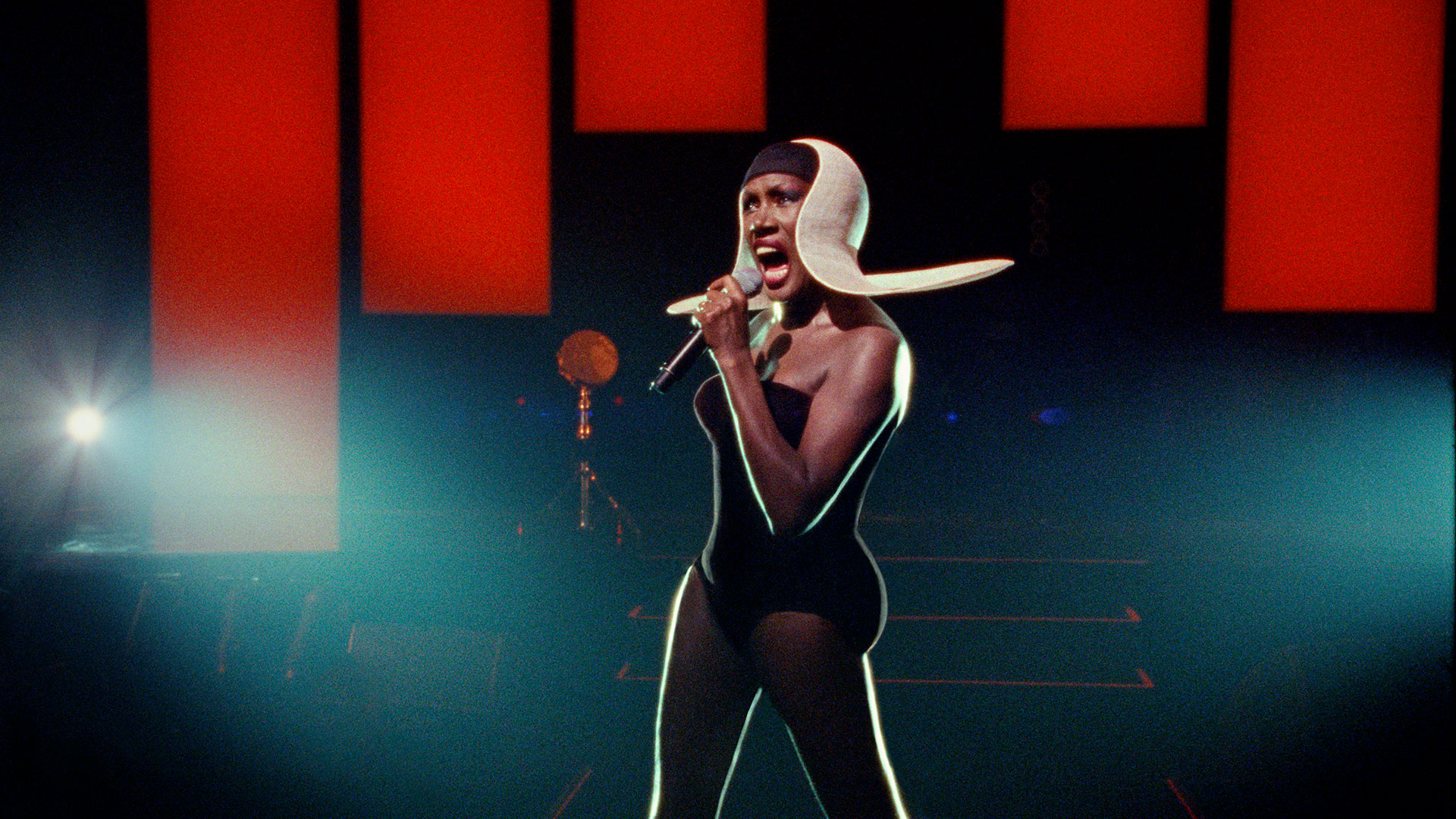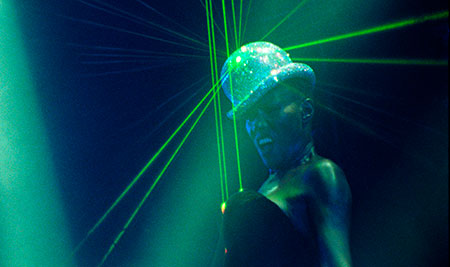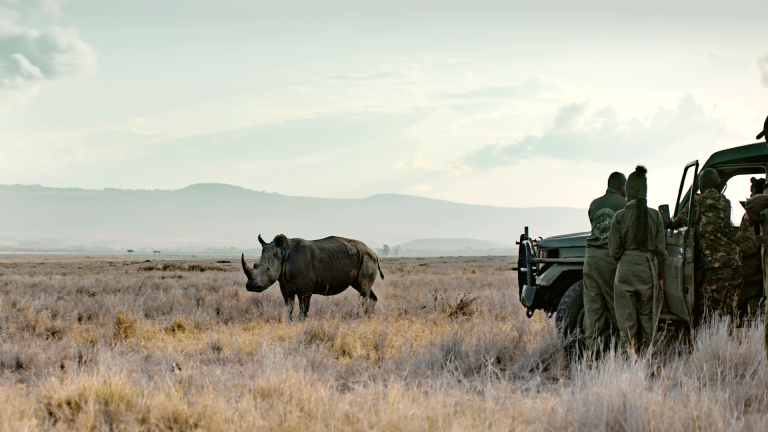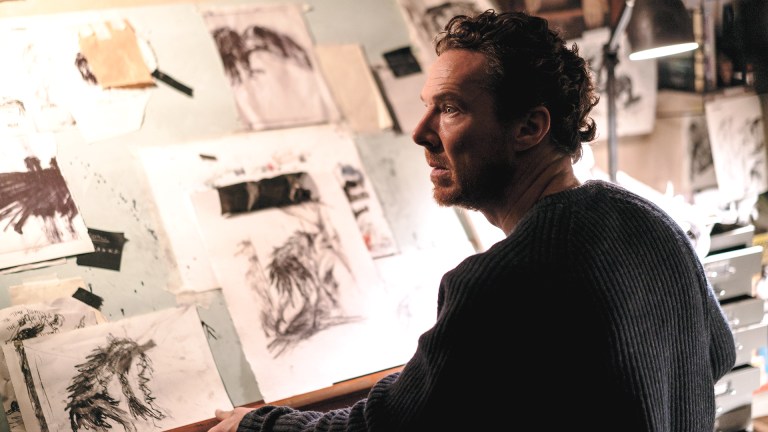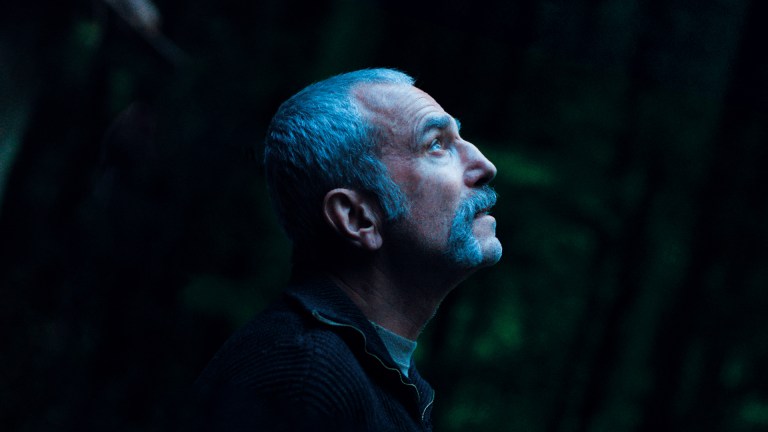The first shot of a new documentary on Grace Jones sees the singer on stage, emerging from shadow into a spotlight, her features obscured by an imposing, gold-coloured mask. For anyone expecting great insight into Jones, I can’t say this is an auspicious start: here is the iconic performer in full on-stage battle-gear, donning a head dress that conceals far more than it reveals.
https://www.youtube.com/watch?v=HScUsiZLoCg
But over the course of director Sophie Fiennes’ bold and fascinating documentary Bloodlight and Bami the mask slips. Jones generously submits to Fiennes’ quietly probing camera, and the result is an up-close, surprisingly unguarded portrait of a compelling artist.
The singer is filmed performing some of her classics from her disco pomp (Slave to the Rhythm, Pull Up to the Bumper, etc) and new numbers to an adoring crowd. Jones, in a series of outlandish costume changes (hats courtesy of designer Philip Treacy) is a magnetic presence on stage, and Fiennes is smart enough to keep the camera at a respectful distance to capture the unfolding theatrical spectacle.
But alongside these admiring views, Fiennes features more intimate, observational footage of Jones away from the stage. Charting the veteran pop star at work on a new record (in fact the 2008 album Hurricane – which indicates the long period over which Fiennes shot the film), Bloodlight and Bami is a detailed study of Jones’ process. That seductive voice of hers makes her uniquely talented, but she works hard too, and there’s grit and determination here. At one point a musician misses a recording session, and by phone she subjects him to a barrage of charm and threats. It’s quite a display, and I bet he didn’t do it again.
Jones has a temper – she famously belted British chat show host Russell Harty in 1980 for turning his back on her – and there are a few volcanic eruptions here: a misunderstanding over a phone bill, for instance, prompts a furious call from Jones to her manager.
